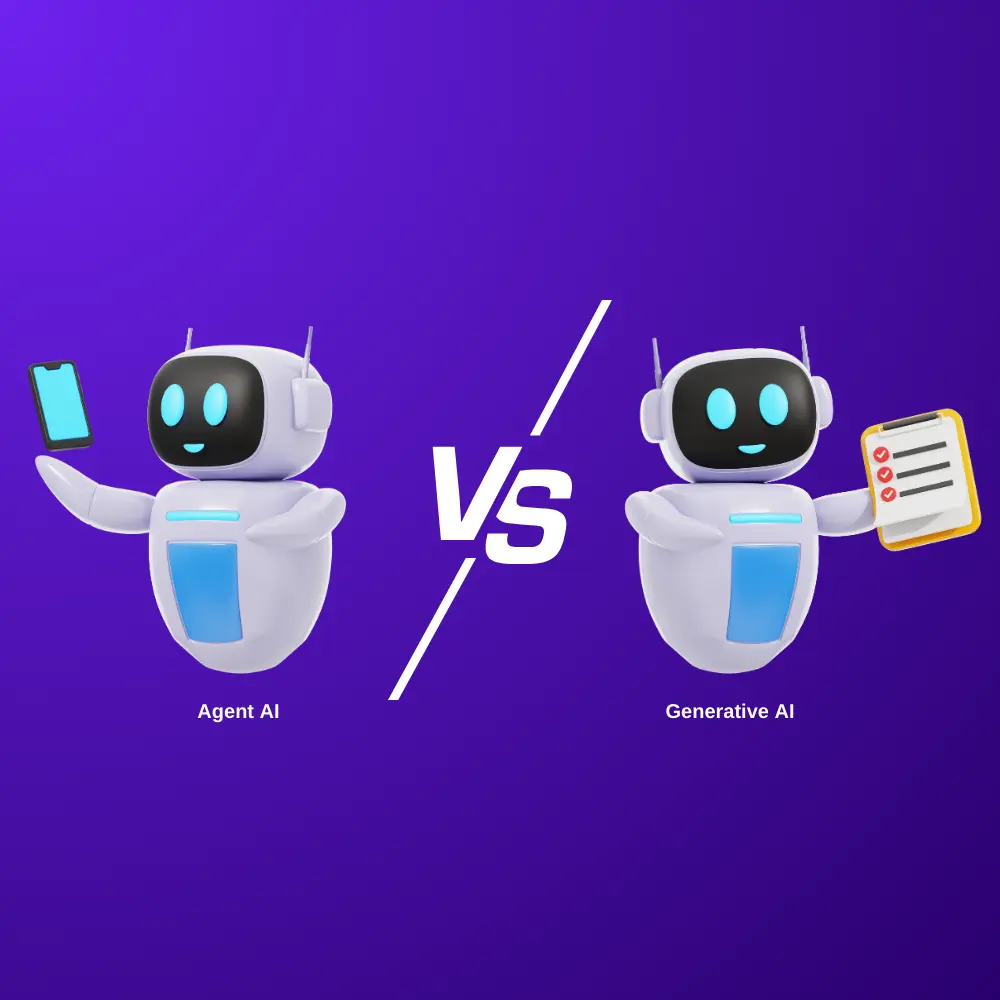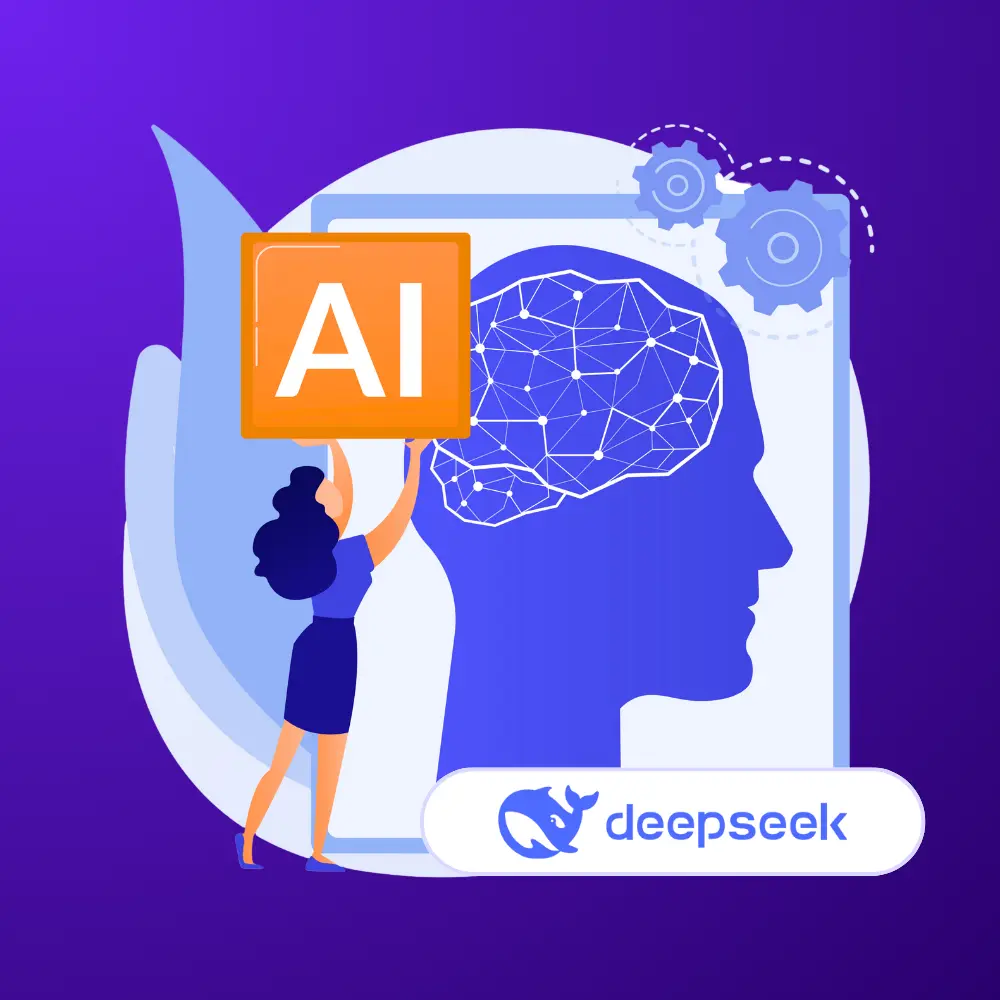
Introduction to spatial computing
Spatial computing is a revolutionary technology that is changing the way we interact with digital content and the physical world. It is a field that combines augmented reality (AR), virtual reality (VR), and mixed reality (MR) to create immersive experiences that seamlessly integrate digital information into our physical surroundings. In simple terms, spatial computing enables us to interact with digital content in a three-dimensional space, blurring the lines between the real and virtual worlds.
Understanding the basics of spatial computing
To understand spatial computing, it is important to grasp the principles of augmented reality (AR), virtual reality (VR), and mixed reality (MR). AR overlays digital information onto the real world, enhancing our perception of reality. VR, on the other hand, immerses users in a completely virtual environment, blocking out the real world. MR combines elements of both AR and VR, allowing users to interact with digital objects in the real world.
Spatial computing takes these concepts further by enabling real-time interaction and collaboration in a shared virtual space. It leverages advanced computer vision, machine learning, and sensor technologies to understand and interpret the physical environment, enabling digital content to be seamlessly integrated into the real world. This opens up endless possibilities for brands to create immersive experiences and engage with their audience in new and exciting ways.
Applications of spatial computing in various industries

Spatial computing has the potential to transform a wide range of industries, from gaming and entertainment to healthcare and manufacturing. In the gaming industry, spatial computing can create immersive virtual worlds where players can interact with digital characters and objects in a realistic manner. This enhances the gaming experience and provides new opportunities for game developers to create innovative gameplay mechanics.
In the healthcare industry, spatial computing can be used for surgical planning and training. Surgeons can use AR to overlay medical images onto a patient’s body, providing real-time guidance during complex procedures. VR can also be used to create realistic simulations for training medical professionals, allowing them to practice in a safe and controlled environment.
In the manufacturing industry, spatial computing can improve productivity and efficiency. Workers can use AR to visualize assembly instructions and perform complex tasks with real-time guidance. This reduces errors and improves accuracy, resulting in faster and more efficient production processes.
Benefits of incorporating spatial computing into your brand strategy
Incorporating spatial computing into your brand strategy can provide numerous benefits. Firstly, it can enhance customer engagement and interaction. By leveraging spatial computing technologies, brands can create immersive experiences that captivate and engage their audience. This can lead to increased brand loyalty and customer satisfaction.
Secondly, spatial computing can provide a competitive advantage. Brands that embrace this technology early on can differentiate themselves from their competitors and position themselves as innovative and forward-thinking. This can attract new customers and drive business growth.
Thirdly, spatial computing can improve efficiency and productivity. By using AR and VR technologies, brands can streamline processes, reduce errors, and improve accuracy. This can result in cost savings and increased productivity.
Successful spatial computing campaigns
Several brands have already successfully incorporated spatial computing into their marketing campaigns. One notable example is IKEA, the furniture retailer. IKEA’s AR app allows users to virtually place furniture in their homes, giving them a realistic sense of how it would look and fit in their space. This has not only improved the shopping experience but also reduced the number of returns and exchanges.
Another example is the Pokémon GO game, which became a global phenomenon in 2016. The game uses AR technology to overlay Pokémon characters onto the real world, allowing players to capture them using their smartphones. This innovative use of spatial computing attracted millions of players and generated significant revenue for the brand.
How to get started with spatial computing for your brand
Getting started with spatial computing for your brand can be a daunting task, but it doesn’t have to be. Here are some steps to help you get started:
- Define your objectives: Determine what you want to achieve with spatial computing. Are you looking to enhance customer engagement, improve productivity, or differentiate yourself from competitors?
- Research and understand the technology: Familiarize yourself with the different spatial computing technologies available and their capabilities. This will help you make informed decisions and choose the right tools and platforms for your brand.
- Develop a strategy: Once you understand the technology, develop a strategy that aligns with your brand’s objectives. Identify the target audience, determine the content and experiences you want to create, and establish key performance indicators (KPIs) to measure success.
- Collaborate with experts: Spatial computing is a complex field, so it is important to collaborate with experts who have the necessary skills and knowledge. This could include developers, designers, and consultants who specialize in spatial computing.
- Test and iterate: Start small and test your spatial computing experiences with a select group of users. Gather feedback, analyze the results, and make improvements based on the insights gained. This iterative approach will help you refine your experiences and ensure they meet the needs of your target audience.
Challenges and considerations in implementing spatial computing
While spatial computing offers numerous benefits, there are also challenges and considerations to keep in mind. One challenge is the high cost of hardware and software. Spatial computing technologies, such as AR and VR headsets, can be expensive, making it difficult for some brands to invest in them.
Another challenge is the need for skilled professionals. Spatial computing requires expertise in areas such as computer vision, machine learning, and user experience design. Finding and hiring professionals with these skills can be a challenge, especially in a competitive job market.
Privacy and security are also important considerations. Spatial computing involves collecting and processing large amounts of data, including user location and behavior. Brands need to ensure they have robust privacy and security measures in place to protect user data and comply with data protection regulations.
Tools and technologies for spatial computing
There are various tools and technologies available for brands looking to incorporate spatial computing into their strategies. Here are some popular ones:
- Unity: Unity is a cross-platform game engine that supports the development of AR, VR, and MR applications. It provides a wide range of tools and resources for creating immersive experiences.
- ARKit: ARKit is a framework developed by Apple for creating AR experiences on iOS devices. It provides developers with the tools and APIs needed to build AR apps that leverage the capabilities of Apple devices.
- ARCore: ARCore is a platform developed by Google for creating AR experiences on Android devices. It provides developers with the tools and APIs needed to build AR apps that run on a wide range of Android devices.
- Vuforia: Vuforia is an AR platform that enables brands to create AR experiences that can be accessed using smartphones, tablets, and other devices. It provides tools for image recognition, object tracking, and augmented reality overlays.
Training and Education resources for spatial computing
To acquire the skills and knowledge needed for spatial computing, there are several training and education resources available. Here are some options:
- Online courses: Platforms like Coursera and Udemy offer a wide range of online courses on spatial computing, AR, VR, and related topics. These courses are taught by industry experts and provide a flexible learning experience.
- Workshops and conferences: Attend workshops and conferences focused on spatial computing and related technologies. These events often feature presentations and hands-on exercises led by industry professionals.
- Developer communities: Join online communities and forums dedicated to spatial computing and interact with developers and experts in the field. These communities can provide valuable insights, tips, and resources.
Conclusion and Future of Spatial Computing
Spatial computing is a game-changer for brands, offering new opportunities to engage with customers and create immersive experiences. By understanding the basics of spatial computing, exploring its applications in various industries, and incorporating it into their brand strategies, businesses can stay ahead of the curve and position themselves for success.
As technology continues to evolve, spatial computing is likely to become even more advanced and widespread. With the ongoing development of improved hardware and software, the future of spatial computing looks promising. Brands that embrace this technology and adapt to the changing landscape will be well-positioned to thrive in the digital age.



